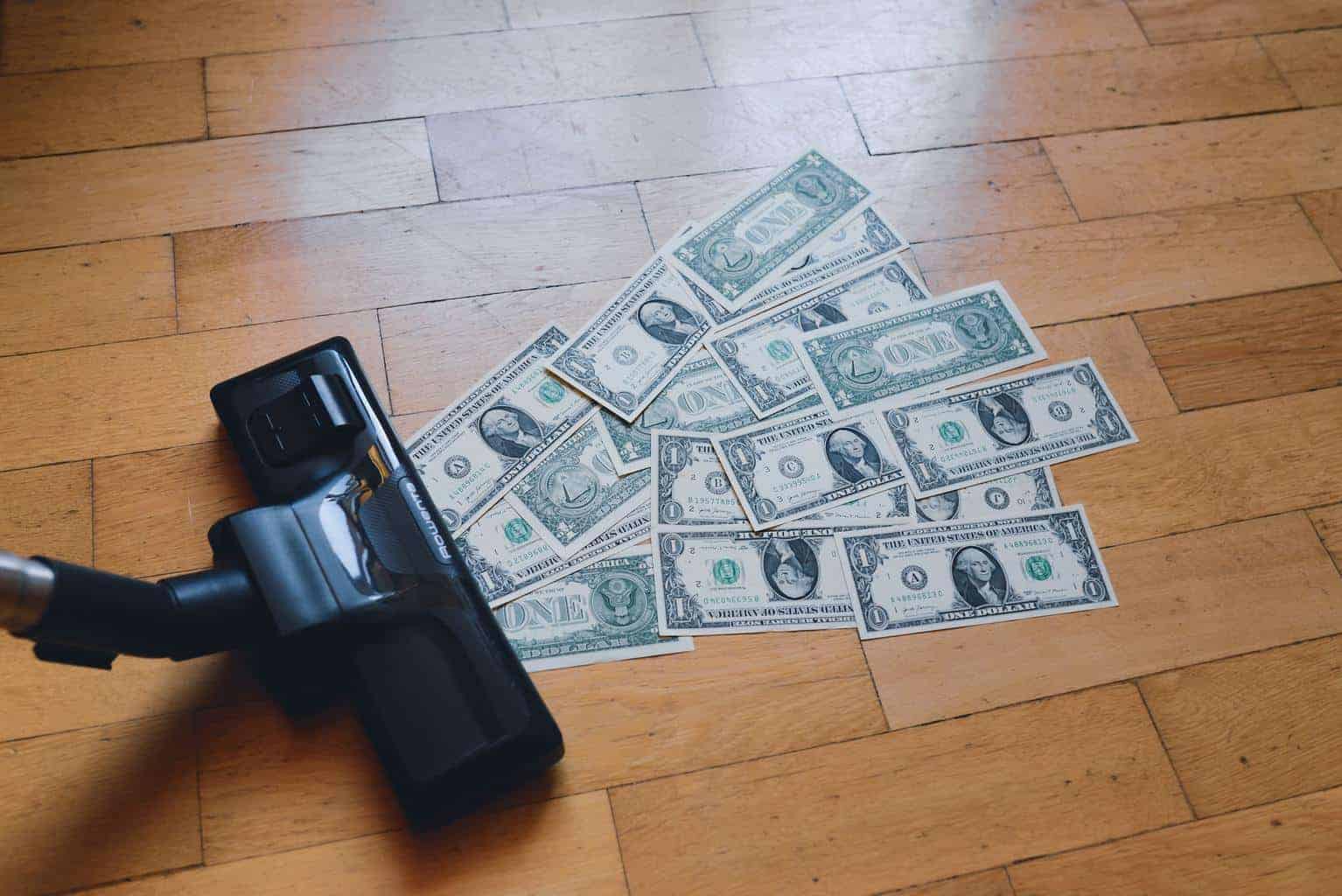You’re tired of struggling with debt payments, and the account balances keep mounting up as time passes. Is a debt relief program your only hope to find the relief you desperately need? It depends on the option you select. Some programs can have severe implications for your credit score and overall financial health.
What is Debt Relief?
Debt relief is a term used to describe any solution that helps consumers alleviate overwhelming debts. It could entail securing a lower interest rate or modified payment schedule, settling your debt for less than what’s owed or filing bankruptcy to eliminate outstanding balances.
Is Debt Relief a Good Idea?
If you’re considering debt relief, it could be a viable option if the balances on unsecured debt exceed over 50 percent of your gross income (before taxes and deductions). You may also want to explore debt relief if it’s unlikely that you’ll pay off your unsecured debts within five years.
How Long Does Debt Relief Take?
The amount of time debt relief takes depends on the option you choose and how much you owe. Consumers who enroll in debt settlement programs and debt management plans sometimes resolve unsecured debts in 12 to 48 months. Others spend several years working towards alleviating their debt load.
How Does Debt Relief Affect Your Credit?
Some debt relief programs can have serious consequences for your credit health. Others won’t have as much of an impact. The good news is you can start to rebuild your credit during the process.
What Is a Debt Relief Program?
A debt relief program can help you get a handle on your unsecured debts. Generally, you’ll hire a debt settlement or debt relief company to work directly with your creditors in hopes of securing more favorable terms on your accounts.
How Does a Debt Relief Program Work?
It varies by program, but the debt relief company could settle your debts for a fraction of what you owe. Another possible outcome is reducing your interest rate or extending your repayment term – both equate to more affordable monthly payments.
Common Debt Relief Programs
Below is a breakdown of debt relief programs commonly used by financially distressed consumers.
Credit Counseling
Credit counseling is generally available through nonprofits free of charge. You’ll reach out and schedule a session with a credit counselor. The counselor will help you develop a plan to handle your finances more effectively and pay off debt during the meeting.
If you need additional assistance, follow-up sessions may be available. Some credit counseling organizations also offer financial resources on hand to facilitate your progress while on your journey to debt freedom. Also, inquire about virtual interactive workshops they offer free of charge.
Debt Management Plans
A debt management plan (DMP) is a repayment plan that you set up through a credit counseling agency. You make monthly payments to the agency that they distribute each month to your creditors on an agreed schedule. In turn, the agency will connect with your creditors to secure concessions, like a reduced interest rate or fee waivers.
A DMP will take a maximum of 60 payments, although it can be less. But it’s pertinent that you make timely payments to remain enrolled.
Also, be advised that your credit card issuers will likely close your accounts when you enroll in a plan. However, you are not required to enroll all of your cards in the program.
Debt Settlement Programs
Debt settlement programs are designed to help indebted consumers resolve their debts for less than what’s owed. For-profit entities offer these programs and negotiate with creditors on your behalf to reach settlements on the outstanding balances.
Enrollees usually make a monthly payment into a dedicated account to facilitate the negotiation process instead of paying creditors covered under the plan. Each time a settlement is reached with a creditor, funds from the account are used to remit payment to satisfy the debt obligation.
This option can help you resolve your debts faster. However, it could negatively affect your credit as late payments could be added to your report and damage your credit rating. The negative remarks will also stay on your report for up to seven years.
Debt Consolidation Programs
Debt consolidation refers to the act of rolling multiple outstanding debts into a new credit card or loan with a lower interest rate. You get new financing to pay off your existing debt. While you could save a bundle in interest and shave months or even years of the repayment period, debt consolidation only makes sense if:
- You get a balance transfer card with a 0 percent introductory rate or a low with a low interest rate.
- You can pay the balance on the new card or loan in full before the promotional interest-free period ends.
- You avoid using the credit cards that were paid off when the debt was consolidated.
Otherwise, your plan could backfire and cost you much more than you bargained for.
Bankruptcy
If you’re struggling to stay afloat financially and aren’t sold on the other debt relief options, bankruptcy could be an option. Most debtors file Chapter 7 or Chapter 13.
Chapter 7, or liquidation, eliminates unsecured personal loans, credit card debt and medical debt. You’ll have to meet specific income criteria to qualify, and the process can be complete in just three to four months. Furthermore, you may have to relinquish some of your assets. The bankruptcy filing will remain on your credit report for up to 10 years.
Chapter 13 is completed through a court-approved payment plan that spans three to five years. You’ll make monthly payments that are determined by your income and debt obligations. Once you reach the end of the term, the remaining unsecured debt will be discharged, assuming you keep up with the required payments. Chapter 13 bankruptcies linger on your credit report for seven years from the filing date.
Consult with a bankruptcy attorney to decide if this form of debt relief is suitable for you.
How to Enroll in a Debt Relief Program
You may be able to avoid a debt settlement program, DMP or bankruptcy with a solid budget and debt management plan. Consider speaking with a credit counselor to review your financial situation and explore the next needed steps to get the relief you deserve.







